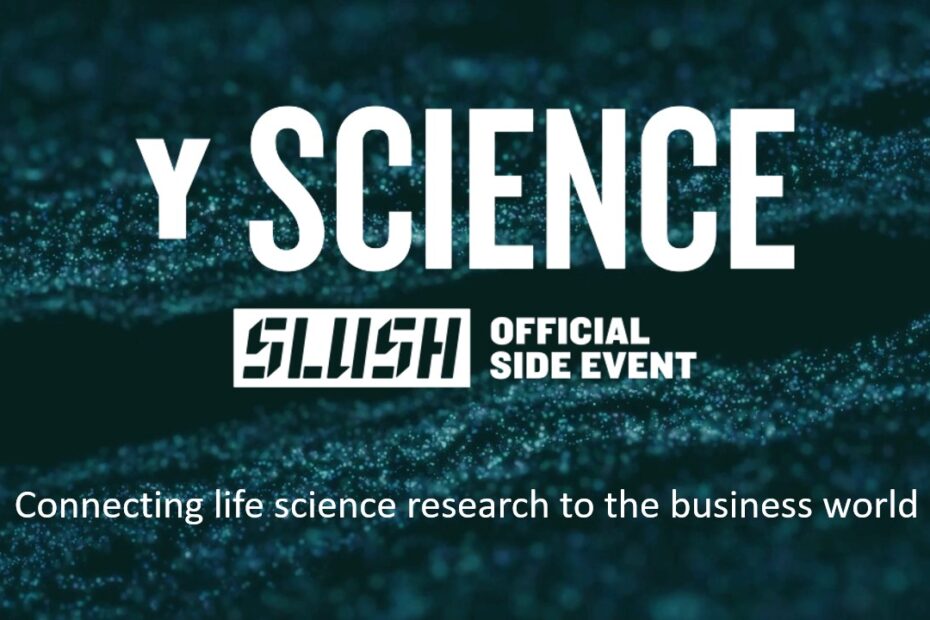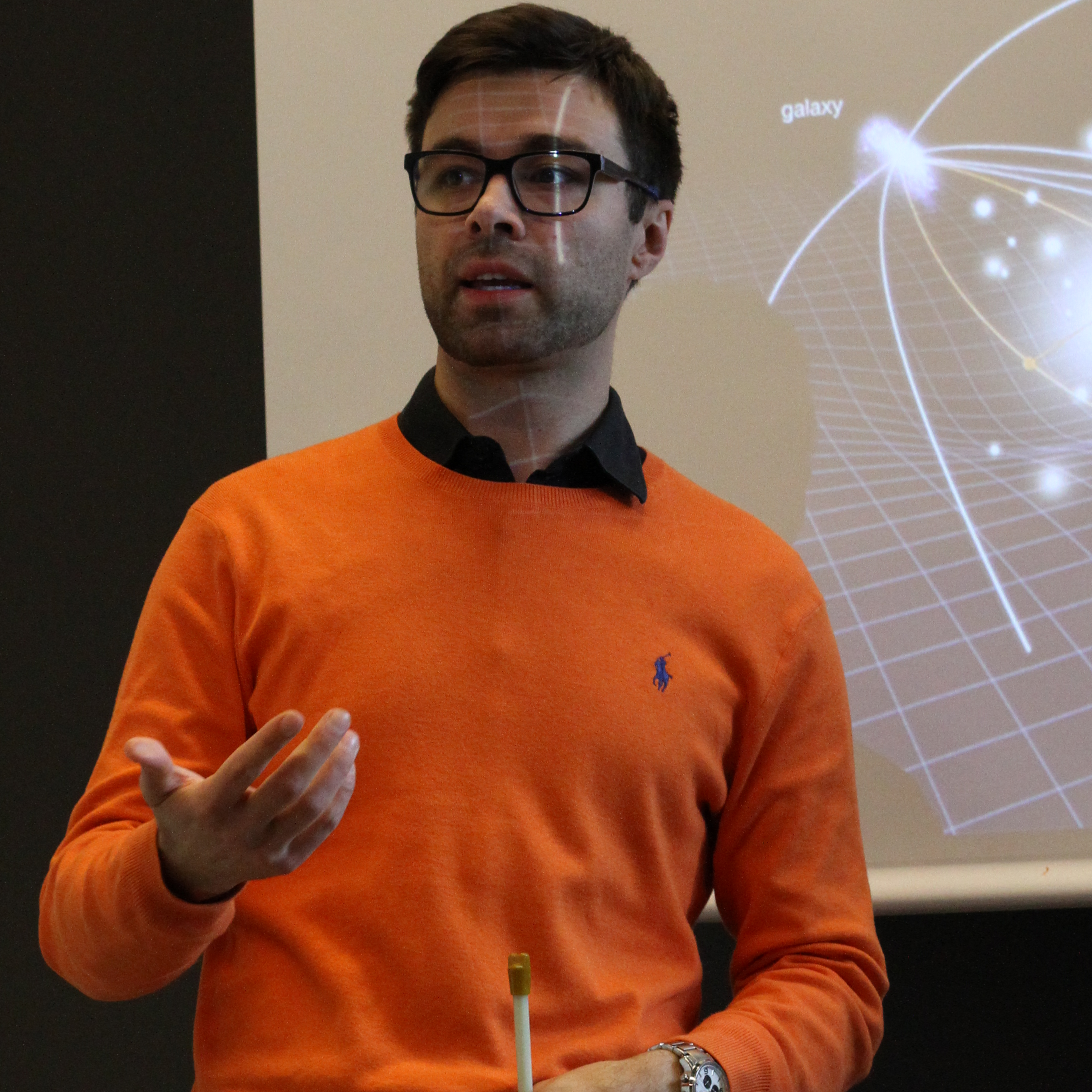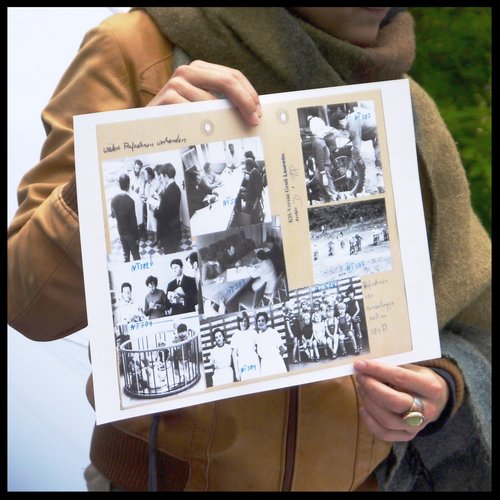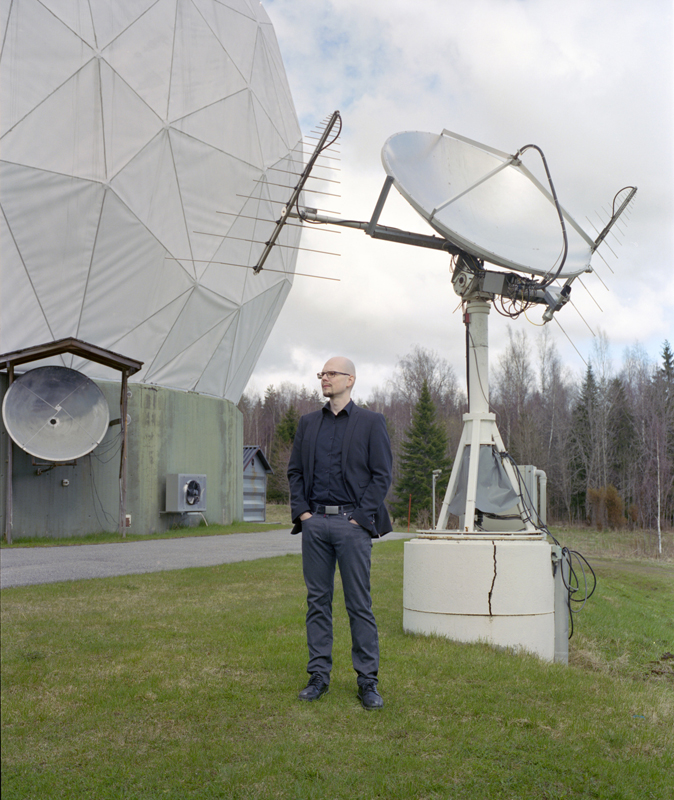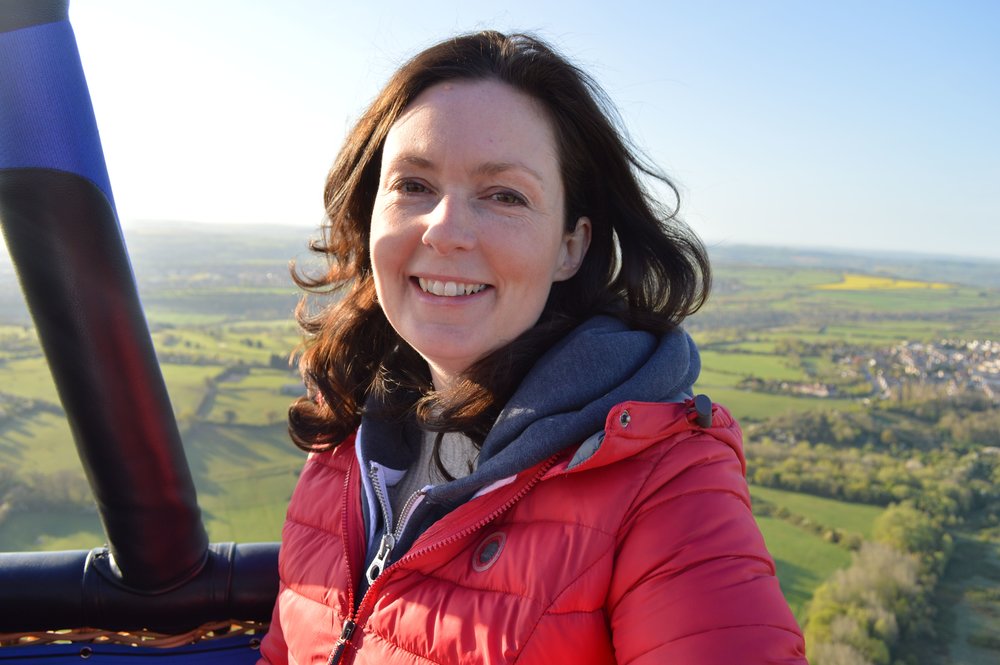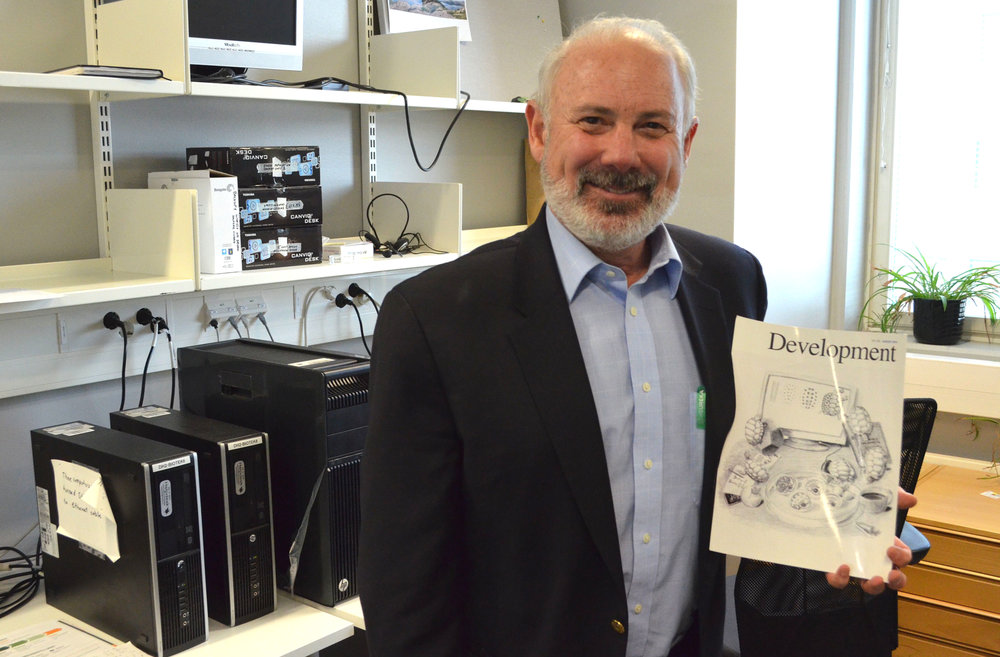Since the early 20th century, astronomy has been evolving far beyond the optical telescope. While powerful optical telescopes are still very much a viable tool for astronomers, astronomical scientists are relying on new technologies, such as radio interferometry, to look deeper into space. Interferometry combines the results of several radio telescopes situated around the world to create a much bigger astronomical picture as if taken by a single telescope the size of Earth. In this TSB conversation, Joni Tammi, the director of Metsähovi Radio Observatory, discusses the evolution of imaging technologies in astronomy.
